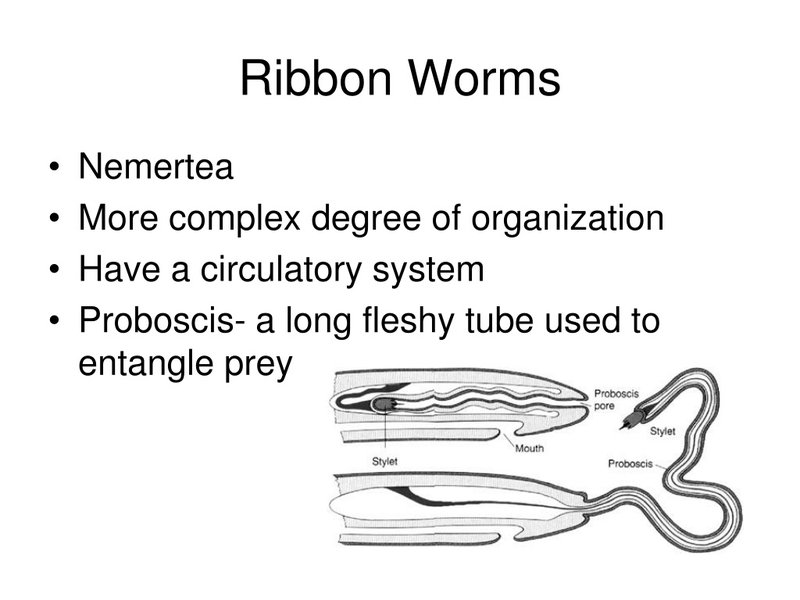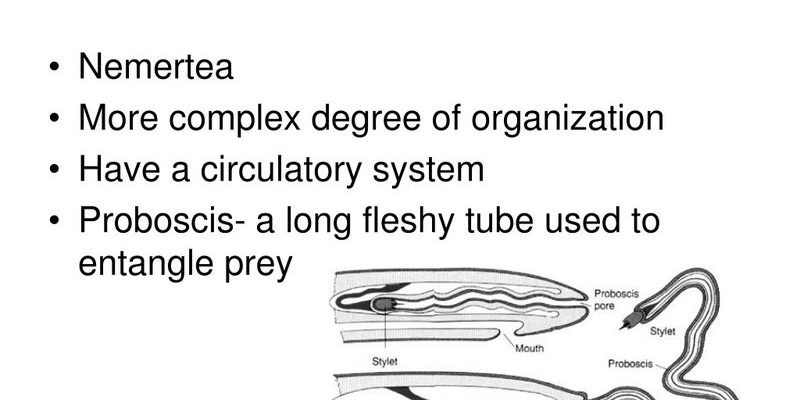
So, how do these creatures pull off this neat trick? By utilizing a unique ability to manage fluids within their bodies, ribbon worms can expand or contract like a balloon. This ability isn’t just for show; it plays a key role in their survival, helping them catch food and escape predators. Let’s dive deeper into the anatomy and mechanisms that allow these worms to perform their awe-inspiring body tricks.
Understanding Ribbon Worm Anatomy
To appreciate how ribbon worms expand and contract, it helps to know a little about their anatomy. Ribbon worms belong to the phylum Nemertea and can grow quite large, some even stretching several meters long! Their bodies are soft and elongated, resembling a ribbon—that’s where they get their name.
Their body structure consists of three main layers: the outer cuticle, the underlying epidermis, and the muscular layer. The muscular layer is particularly interesting because it’s made up of different types of muscles. This includes circular and longitudinal muscles that work together to allow movement. You can think of these muscles like the cords of a drawstring bag; pulling one way will make the bag close, while pulling another will make it open.
The Role of Hydrostatic Pressure
One of the main tricks behind how ribbon worms expand and contract lies in something called **hydrostatic pressure**. This is basically the pressure that fluids in their body exert against the surrounding tissue. Picture a water balloon: if you squeeze it, the water shifts, and the balloon changes shape. Ribbon worms do something similar using the fluid in their bodies.
When a ribbon worm wants to expand, it contracts its muscles to increase fluid pressure within its body. This causes the body to elongate and widen as the fluid pushes against the muscles. Conversely, when it wants to contract, the worm relaxes its muscles, and the fluid pressure decreases. This allows the worm to pull its body back into a tighter shape.
How Expansion Aids in Hunting
You might be wondering why the ability to expand and contract is so vital for ribbon worms. Well, this feature plays a crucial role in their hunting and feeding strategies. Ribbon worms are carnivorous and often prey on small marine life like crustaceans and fish.
When hunting, a ribbon worm can extend its body to reach out and ensnare its prey. Some species even have a specialized appendage called a **proboscis** that they extend quickly to capture food. This proboscis can shoot out like a harpoon, thanks to the rapid changes in body shape. If you think about it, it’s a fascinating adaptation that allows them to thrive in the ocean’s diverse ecosystem.
Escaping Predators with Precision
Just as expansion helps with hunting, contraction is essential for escaping danger. Why would a ribbon worm need to get small quickly? Well, in the wild, they face numerous threats from larger predators. Quick contraction allows them to squeeze into narrow crevices or burrow into the sand, making it harder for predators to spot or reach them.
Imagine you’re at the beach and a wave is about to crash over you. You’d want to duck and cover, right? Ribbon worms do something similar when they sense danger—they swiftly contract their bodies to minimize their exposure and hiding effectively.
Environmental Factors Influencing Body Dynamics
The ability of ribbon worms to expand and contract isn’t just a random trait; it’s closely tied to their environment. Factors like water temperature, salinity, and pressure can impact how they manage their body fluids. For instance, in colder waters, their muscles may become less flexible, affecting their ability to change shape.
Additionally, the availability of suitable habitats, such as mud or sand, can also influence how effectively they can hide or catch prey. Here’s the thing: their survival largely depends on how well they adapt to their surroundings.
Research and Observations
Scientists are continually studying these unique creatures, aiming to understand more about their physiology and behavior. Recent research has focused on how the mechanics of expansion and contraction could inspire innovations in robotics and materials science. Just as ribbon worms have adapted gracefully to their environments, researchers are looking at ways we might mimic these abilities in technology.
By observing how ribbon worms handle their body dynamics, scientists are gaining insights into fluid mechanics that could one day lead to the development of softer, more flexible robots. Imagine a robot that could mimic a ribbon worm’s ability to squeeze through tight spaces or extend its limbs with precision!
Why Understanding Ribbon Worms Matters
So, why should we care about how ribbon worms expand and contract? For one, they play a key role in marine ecosystems as both predators and prey. Understanding their abilities helps us appreciate the complexity of ocean life.
Moreover, uncovering the secrets of their body mechanics can have far-reaching implications. From environmental stability to technological advancements, studies of ribbon worms might just pave the way for new discoveries. Plus, they remind us of nature’s incredible creativity and the endless ways life has adapted to thrive.
In conclusion, ribbon worms are more than just fascinating creatures; they are a testament to the wonders of evolution and adaptation. By exploring how they expand and contract their bodies, we not only learn about them but also gain insights into the natural world and potential technological advancements. Next time you think of worms, remember the impressive ribbon worm and its unique talents!

